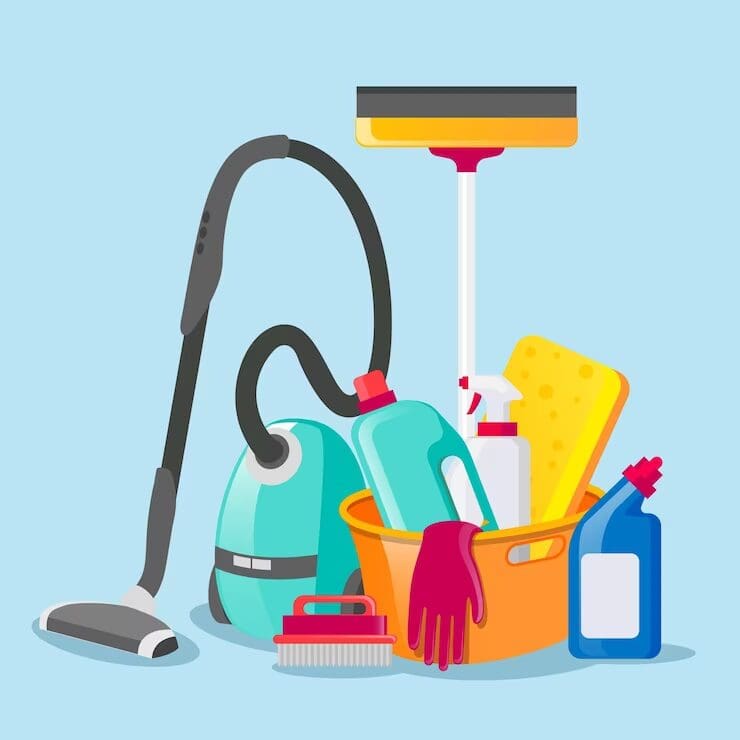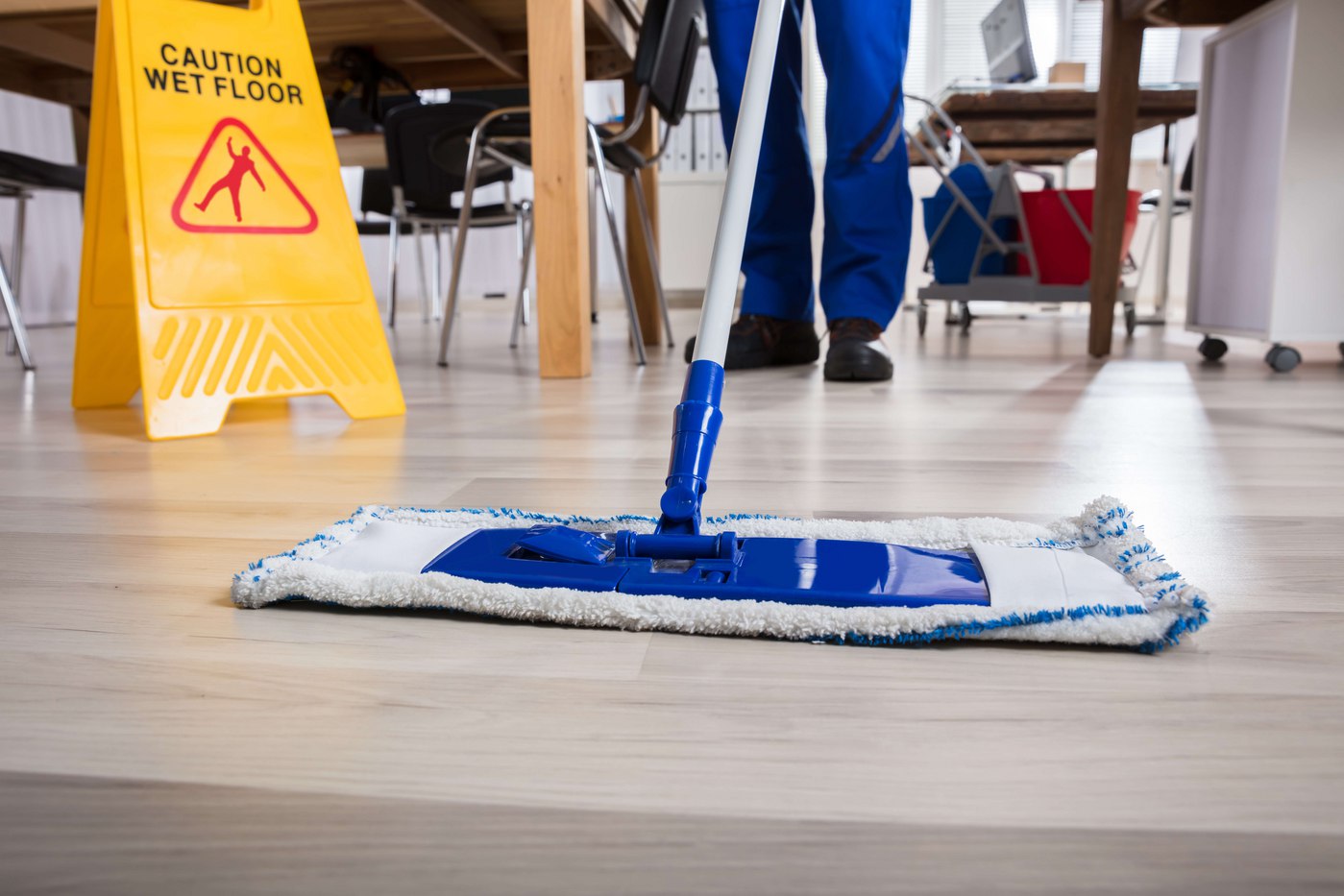Exactly how to Keep Your Home Pristine: Everyday Cleaning Tips for Defrosted and Cleaned Every Few Months
Exactly how to Keep Your Home Pristine: Everyday Cleaning Tips for Defrosted and Cleaned Every Few Months
Blog Article
Recognizing the Requirement for Completely Disinfecting and Sterilizing Frequently Touched Surface Areas in High-Traffic Areas
In the realm of public health and wellness and security, the meticulous sanitation and sanitization of regularly touched surfaces in high-traffic areas stand as paramount actions in stopping the spread of damaging pathogens. By discovering the various elements of surface area disinfection, from the threats linked with neglecting cleaning procedures to the reliable approaches that can be used, a clearer understanding emerges of the vital role these techniques play in protecting public health and wellness.
Significance of Surface Disinfection
Emphasizing the detailed disinfection of high-traffic surfaces is crucial in maintaining a hygienic setting and preventing the spread of damaging microorganisms. High-touch surface areas such as door handles, light buttons, elevator buttons, and counter tops work as breeding grounds for microorganisms and viruses. Routine disinfection of these surfaces is vital to decrease the danger of contamination and transmission of diseases.
By executing a robust sanitation method, establishments and services can produce a more secure setting for consumers, staff members, and site visitors. Correct surface area disinfection not just reduces the spread of infectious illness yet likewise instills self-confidence in the sanitation and security of the premises. This proactive technique shows a dedication to health and wellness and wellness, which is specifically crucial in high-traffic locations where the probability of direct exposure to pathogens is increased.
Additionally, surface sanitation plays a vital role in general infection control strategies. Incorporated with hand health practices, putting on masks, and preserving physical distancing, extensive disinfection of high-touch surface areas develops a comprehensive protection versus the transmission of dangerous bacteria. Focusing on surface sanitation is a necessary part of an all natural technique to health and wellness in common rooms.
Dangers of Neglecting Cleansing Practices
Neglecting comprehensive sanitation of high-traffic surface areas considerably heightens the danger of viral and bacterial contamination, positioning a major hazard to the health and wellness and safety of people often visiting these rooms. Failure to execute appropriate cleansing techniques can result in the buildup and spread of damaging virus, including bacteria and viruses, on often touched surface areas such as doorknobs, hand rails, elevator switches, and countertops.

In addition, neglecting the importance of thorough cleaning not just compromises the health of individuals however additionally undermines initiatives to keep a sanitary and tidy environment. It is essential to acknowledge the relevance of appropriate sanitation protocols in preventing the spread of infections and safeguarding public health.
Reliable Disinfection Approaches
To preserve optimum sanitation and reduce the threat of contamination on high-traffic surface areas, employing effective disinfection techniques is necessary. One of the most reliable and typical disinfection methods is using chemical anti-bacterials.
An additional reliable technique is making use of UV-C light. UV-C light has actually been revealed to be effective in eliminating a broad variety of microbes by disrupting their DNA structure, hence preventing them from replicating. It is essential to make use of UV-C light appropriately, making certain that the proper intensity and exposure time are applied to attain the desired sanitation outcomes.
In addition, utilizing steam cleansing as a disinfection method can be extremely efficient, particularly on surfaces that are heat-resistant. Steam can pass through permeable surface areas and kill bacteria, viruses, and other microorganisms successfully. When using vapor cleansing, it is essential to make certain that the surface gets to the required temperature level for an enough quantity of time to guarantee appropriate disinfection.
Influence on Public Wellness
The maintenance of high standards of sanitation and sanitation on high-traffic surface areas plays a critical role in safeguarding public health. Regularly touched surfaces in locations with high footfall, such as doorknobs, hand rails, lift switches, and bathroom facilities, offer as reproducing premises for harmful virus.
Reliable hygiene methods not just secure people from dropping ill but likewise add to the general wellness of culture. Public health authorities highlight the value of maintaining clean settings to stop episodes and consist of the spread of ailments. In high-traffic locations like flight terminals, institutions, medical facilities, and mass transit systems, the impact of rigorous sanitation measures can not be understated. Focusing on the sanitization of often touched surfaces is an aggressive strategy to advertising public health and wellness and Vacuum Carpets enhancing the safety of people in shared spaces.
Implementing Normal Cleaning Up Protocols
Quickly instituting and sticking to a consistent routine of cleaning procedures is vital for keeping the tidiness and security of high-traffic surface areas. Routine cleansing protocols are necessary in preventing the accumulation of bacteria and pathogens on often touched surfaces, especially in locations with high foot website traffic. By executing a methodical strategy to cleaning, companies can efficiently decrease the threat of disease transmission and produce a much healthier atmosphere for staff members, clients, and the public.
To establish an efficient cleaning schedule, it is essential to recognize high-traffic areas that call for regular attention. These locations might consist of doorknobs, hand rails, elevator switches, restroom facilities, and shared devices. Applying a regular cleansing program that targets these surface areas numerous times a day can substantially lower the spread of harmful microorganisms and viruses.
Furthermore, utilizing proper cleaner and disinfectants is key to making sure that surfaces are extensively disinfected. Regular training of cleaning up personnel on correct cleansing techniques and the significance of adherence to the cleaning routine is also important in keeping a hygienic setting. By focusing on regular cleaning methods, companies can advertise the health and wellness and well-being of people that interact with these high-traffic surface areas.

Final Thought
To conclude, it is essential to focus on complete disinfection and sanitization of regularly touched surfaces in high-traffic areas to protect against the spread of damaging pathogens and preserve public health and wellness. Neglecting correct cleansing techniques can raise the threat of contamination and transmission of conditions. By executing regular cleansing methods and making use of effective disinfection methods, we can create a much safer setting for everybody (Clear Out Any Clutter). It is crucial to identify the significance of keeping clean surfaces in high-traffic locations to make certain the wellness of the area.
In the world of public health and safety, the thorough disinfection and sanitization of often touched surface areas in high-traffic locations stand as paramount procedures in avoiding the spread of hazardous microorganisms. By exploring the numerous aspects of surface area disinfection, from the threats associated with neglecting cleansing procedures to the reliable approaches that can be employed, a clearer understanding emerges of the crucial function these techniques play in guarding public health and wellness.In addition, utilizing vapor cleaning as a sanitation approach can be highly effective, specifically on surfaces that are heat-resistant. When using steam cleansing, it is vital to make sure that the surface reaches the needed temperature level for a sufficient quantity of time to ensure correct disinfection.
In conclusion, it is essential to focus on extensive disinfection and sanitization of regularly touched surfaces in high-traffic locations to avoid the spread of harmful virus and maintain public health.
Report this page